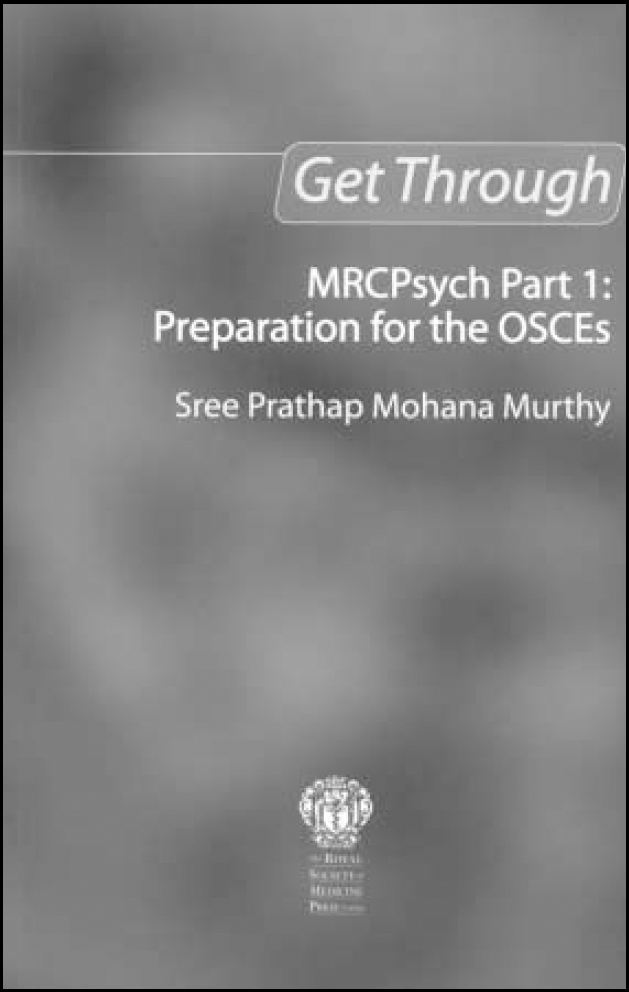
This book is primarily for the anxious and worried objective structured clinical examination (OSCE) candidate. Its strength is in providing straightforward guidance to the candidate on how to pass the OSCEs and on the types of task a candidate can expect to face. The need for such a book is obvious, and it is to his credit that the author, as a senior house officer in training, has managed to write one.
However, the book disappoints. There are no references in the text to the facts and a scant bibliography. A large part of the text reads in a conversational vernacular, with rather clumsy English. There are no illustrations, not even an electrocardiogram to interpret; perhaps the examiners won't use one? That said, the basic clinical assessments in which a candidate will need to demonstrate competency are adequately covered. These include the relevant parts of the neurological and general physical examination.
The author's personal interview style and the types of interview question he suggests are clearly evident in the text; he writes as he might speak. This displays an unfortunate looseness on a not infrequent basis. For example, in eliciting delusional perception the author asks, ‘Do you think that things happening around you have a special meaning to you?’ This approach may fail to capture the essence required here of a normal perception interpreted with delusional self-reference. Perhaps too pedantic the reader may think, but the examiner may be looking for precisely this detail in the candidate to prove that he or she really does understand the symptom well.
The aspiring candidate should certainly become familiar with this book and its contents, but should beware of depending on it as the sole source of his or her knowledge of the subject. To do that would be to be instilled with a false confidence. Perhaps the best use of the book, and its main achievement, is its value as a comprehensive guide to where a candidate must acquire knowledge and skill for success to follow. That will require both reading widely, and many hours of practice at the patient's bedside.



eLetters
No eLetters have been published for this article.